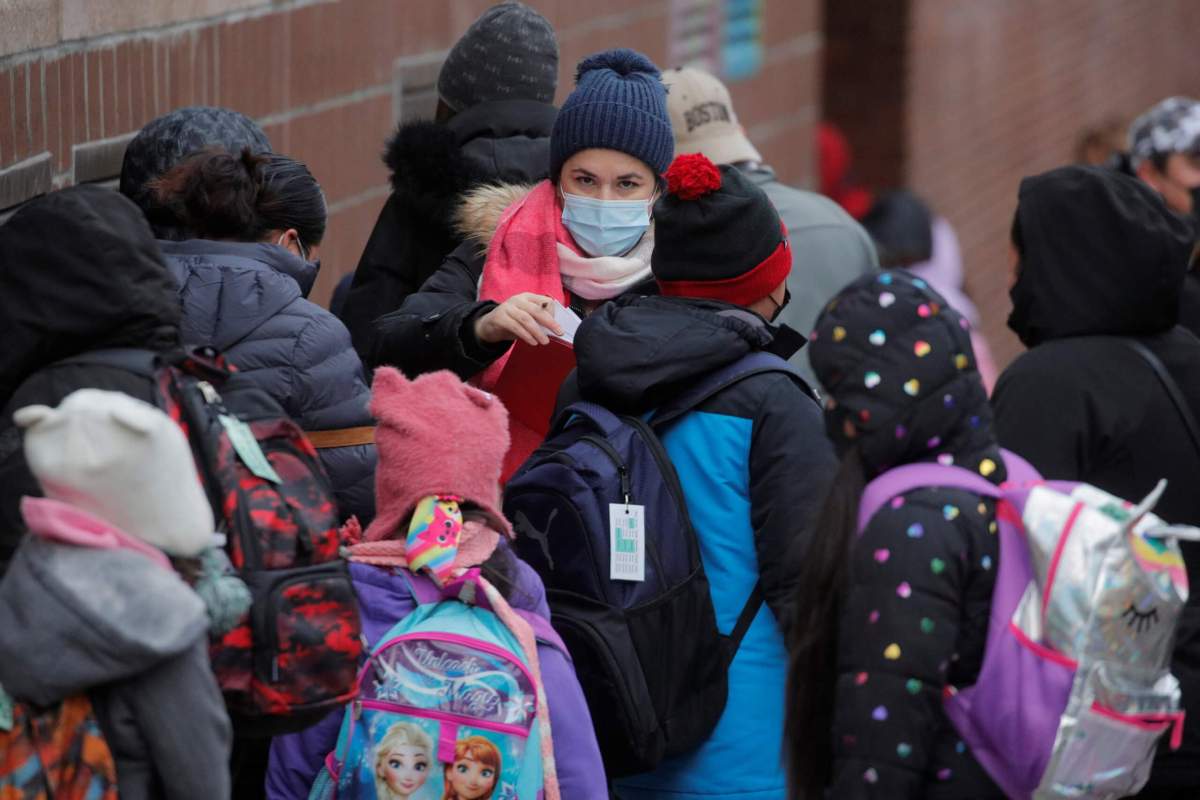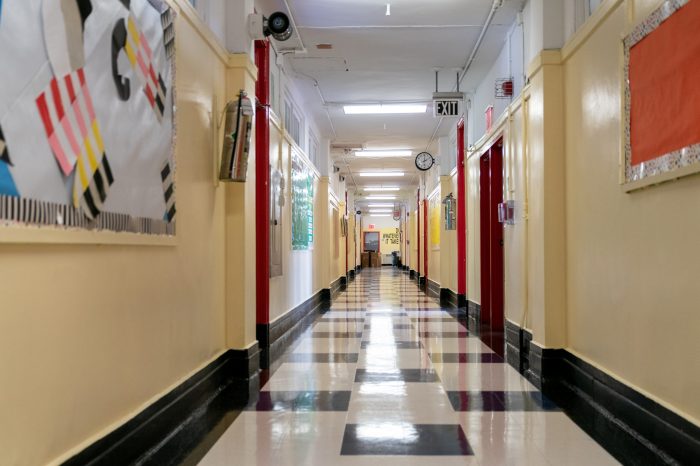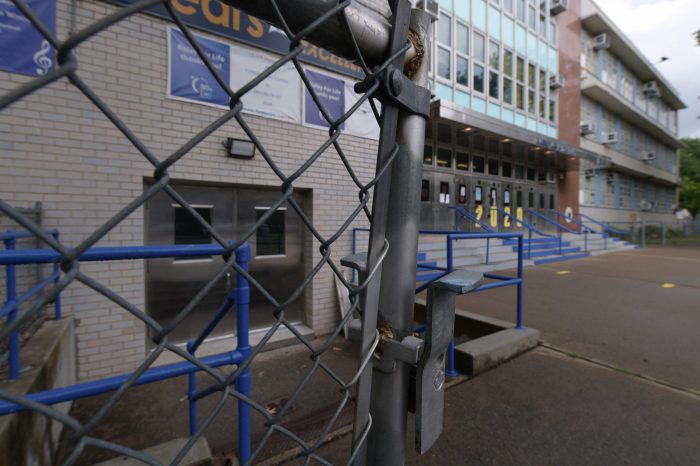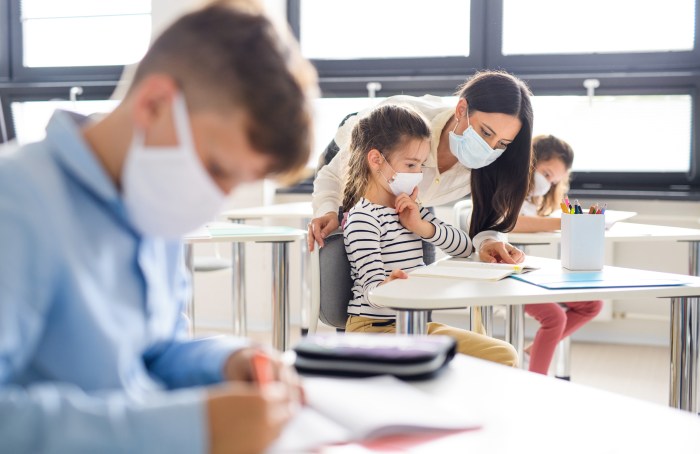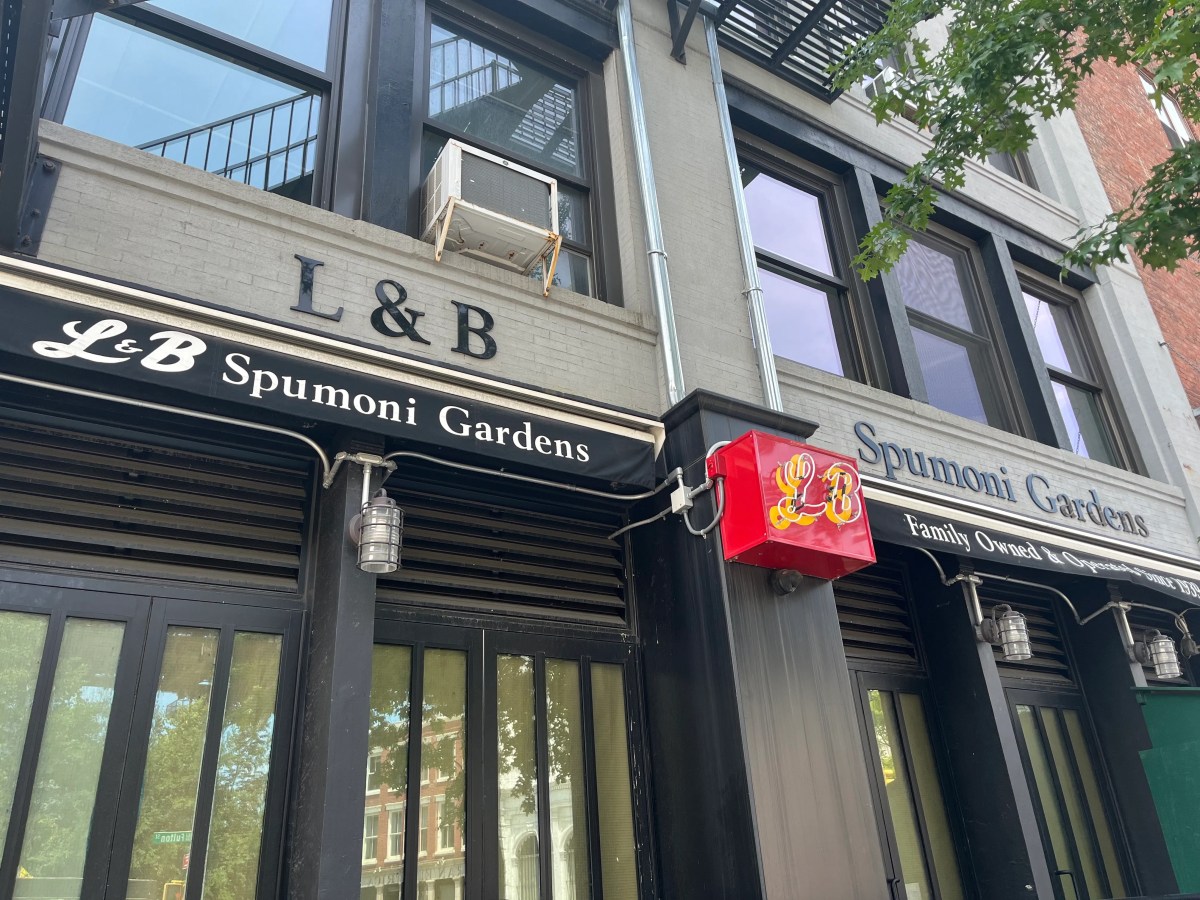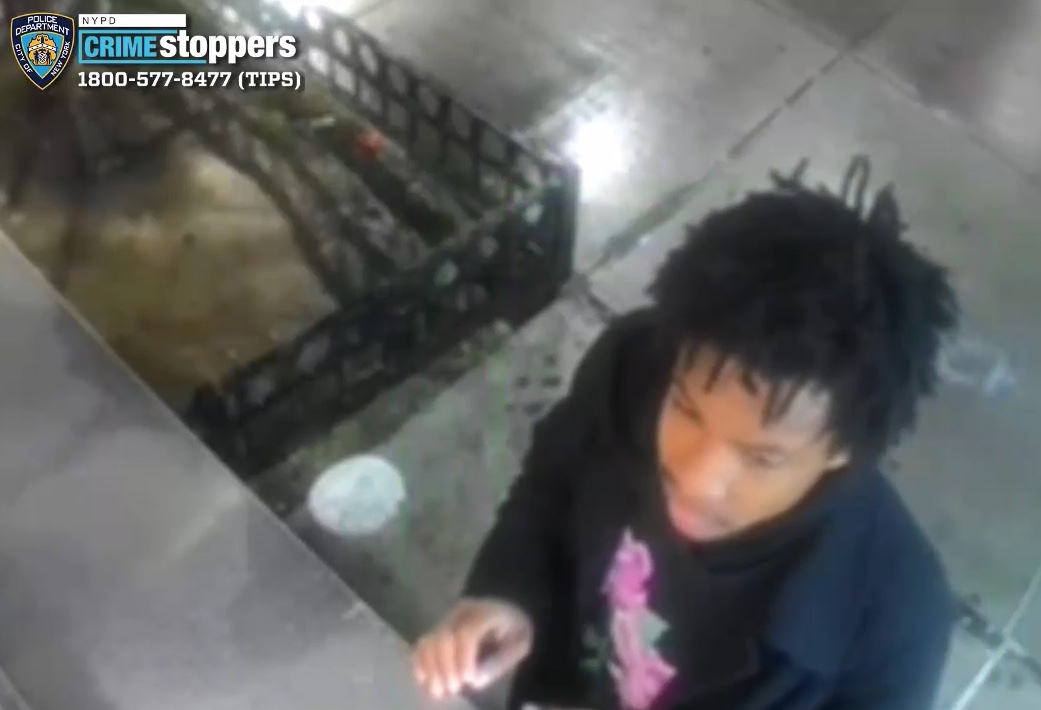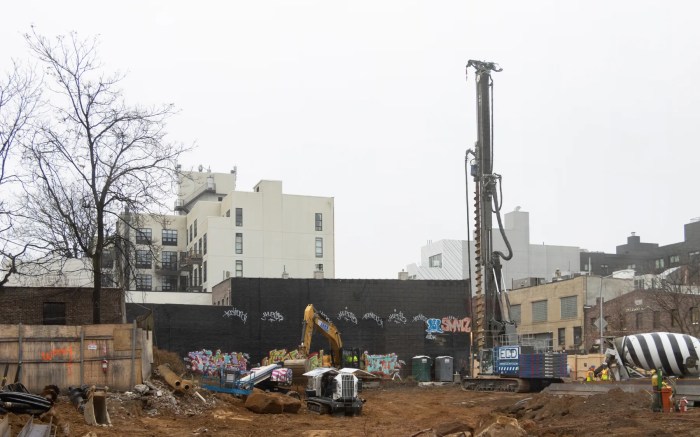A few mornings ago, I awoke from a back-to-school nightmare. Any teacher will tell you this is common at the start of the year, but we’re halfway through the year, and this one was different. I was not trapped in front of a classroom without a lesson plan or walking through the halls in horror, realizing I was still in pajamas. In this dream, I was getting in trouble for sneaking a student into the school building.
As a pre-pandemic high school teacher, I spent much of my career trying to convince students to remain in the classroom, so it is particularly striking that a year into the pandemic, as NYC high schools prepare to reopen, I am being asked by the city to turn so many of them away.
For much of the pandemic, our schools have been celebrated for reopening while so many others major city districts remained shuttered. While New York’s attempts have been philosophically admirable, in reality, Mayor de Blasio’s plans were often half-baked and haphazard, resulting in logistical nightmares and frequent shutdowns.
And now, as we reopen high schools once again, a large piece of the puzzle remains unexamined: which students will actually be allowed to return?
Back in September, the NYC Department of Education surveyed students, asking them to select either a remote learning plan or a hybrid one; families who chose the hybrid option would be able to send their children to school in person at least two days a week. They were assured, though, that this would not be their only opportunity to make the choice. The city filed a plan with the state, claiming that they would offer these opt-in enrollment periods four times throughout the year, once each quarter.
By the end of October, hybrid enrollment numbers were released and they were far lower than anticipated. Although de Blasio claimed he was opening schools at the behest of families, only 25% of them felt safe enough to send their kids. This announcement was met with a defensive press conference from the mayor, whose political legacy was now in some ways dependent on how successfully he could welcome students back.
At this press conference, he projected confidence in his plan. He insisted families would choose differently at the next enrollment period; once they saw the low infection rates, they would reverse course and enroll their kids in the hybrid model. He was sure of it.
But apparently not sure enough, because the very next day without explanation, he dropped a bombshell: there would no longer be three more opportunities for families to change their minds. There would only be one. And it would be in four weeks.
Though never explicitly stated, his intentions seemed clear: pressuring families into selecting the hybrid model now would effectively buoy his numbers and salvage the political optics. As a result, if families were not ready to send their students to school in person by November 15th, those students would be forced to remain home full-time for the remainder of the school year. The mayor’s change in policy was so clearly a political one, and one that teachers are seeing the repercussions of on a daily basis.
Over the past month, I have fielded countless phone calls, emails, and texts from students and their parents who are excitedly wondering if they can return to the school building. Although they felt unsafe returning back in November, they recognize the COVID landscape has changed. At-risk family members are receiving vaccines, PPE is more accessible, and more scientific data is available, giving families newfound hope.
And yet, time and time again, I had to say, “No, you can’t come back.” I had to explain that the survey they filled out five months ago still applies today. There was no space for them to update their choice.
It was hardest to explain this to students who are struggling most with remote learning. I speak with kids who are failing multiple classes and ask them, “How can I best support you? What can I do to help you get back on track?” Nearly every student responds with something along the lines of, “I need to be back in school. Can I please come into the building?” Pre-pandemic, such a request from a teenager would fill any teacher’s heart with joy- today it fills me with sadness, anxiety, and a back-to-school nightmare.
In November, the mayor’s decision was seemingly arbitrary and steeped in politics, but in early March it rose to the level of immorality: he was denying our most vulnerable students the opportunity to access a high-quality education.
It was therefore with great surprise and excitement I received the news on March 19th that Mr. de Blasio was reconsidering his earlier botched policy and would potentially reinstate one more opt-in period. I was elated! I recognized it would create a logistical challenge for administrators and teachers alike, but we would finally be one step closer to doing right by kids.
A mere few hours later, though, it became clear that this announcement would be met with foot dragging and, potentially, downright refusal. I opened my phone to find an email from The United Federation of Teachers claiming that De Blasio’s “latest rash announcement” would turn the school year upside down yet again. I filled with frustration, incapable of understanding how anyone could believe it was this latest decision that would cause greater mayhem.
Even though the opt-in period is now being offered, the mayor has not shared with families when their kids can actually return and for how many days a week. It is not clear how many families will select hybrid learning since many, understandably, find it absurd that their children are entering the school building just to continue to learn virtually. Others are frustrated by the lack of clarity regarding the potential new policies since the mayor and the union’s announcements are in such clear opposition. But, for our students struggling with internet access, housing insecurity, and debilitating isolation, the opportunity to learn from within the school building could make all the difference.
Responses to some questions that remain are messy: How can we teach students who are in person and those who are remote at the same time? How can we provide students with meaningful but safe opportunities for social interactions? How can we finally teach our kids face to face, rather than through a screen? The list goes on.
Others are so simple: How do we decide which students can come back to school? Easy. We just ask them.
So I beg you, Mayor de Blasio and UFT, work together and make good on your original promise. Parents, students, and educators have spent the last year collaborating and compromising; I am cautiously optimistic you can too. Let’s finally put our youth above politics. Allow families the opportunity to send their children to school in person if they so choose. So many kids are ready to return; it is our duty to let them.
Amanda Geduld has a B.A. in English literature from Dartmouth College and a master’s degree in education from Boston University. She is a high school English teacher in the Bronx. The views expressed here are her own.



